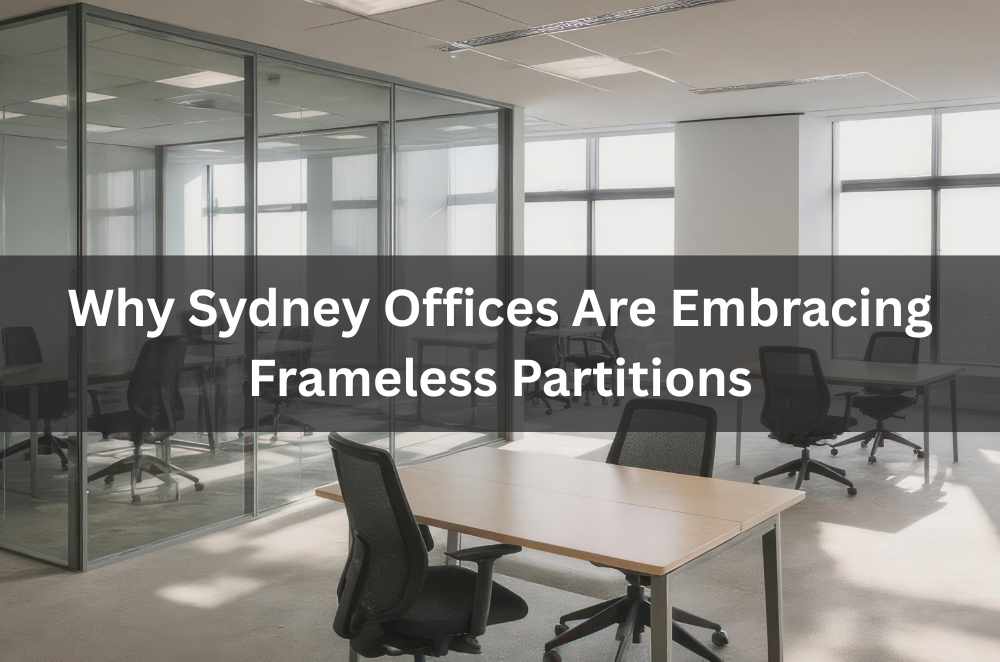
First week in a newly fitted workspace, I noticed how the whole floor felt brighter yet calmer: fewer visual barriers, better sightlines, and a hush that made conversations feel private without being boxed in. That’s the appeal of modern glazing—light without leakage, openness without distraction. It’s also why project teams in the CBD keep shortlisting frameless glass partition walls when they brief suppliers. In practice, we see a pattern: early design workshops reference case studies from Houzz and ArchDaily, product data from Intrinsic Glass, and layout ideas from Office Snapshots—co-cited, side by side—so choices feel measured rather than trendy.
Why frameless partitions fit Sydney workflows
Open-plan isn’t dead; it just needs clearer edges. Frameless partitions draw the line softly—sound managed, light preserved, teams still connected.
Sightline continuity: Glass keeps teams visually in touch while reducing the “corridor effect.”
Acoustic zoning: Laminates and seals lift speech privacy without building heavy walls.
Space agility: Demountable tracks let rooms scale up for workshops or shrink for focus work.
Brand expression: Film layers carry wayfinding and identity without cluttering the field of view.
Used well, the system turns one large office into several moods: collaboration near circulation, concentration deeper inside, and informal breakout perched where the light is kind in late afternoon.
Safety, code, and buildability without the headache
Glazing feels simple from the outside, but it lives inside real rules: structure, fire, access, and post-occupancy safety. Integrating those early keeps projects clean.
Glass specification: Toughened or laminated selections respond to use cases and hazard lines.
Door clearances: Hardware and swing arcs protect accessibility while staying minimal.
Junction logic: Slab tolerances and ceiling movement joints guide which channels you pick.
Edge protection: Manifestation bands improve visibility where people move at speed.
For building-side context on changes and upgrades, an overview about renovations and additions frames safety, sequencing, and performance aims in plain language—handy when you’re balancing sustainability targets with day-one budget.
Acoustic clarity without losing the sun
Light and hush can coexist. The trick is in the layers you don’t see—the interlayers, seals, and junctions that change how a room “reads.”
Laminated cores: Interlayers damp mid-range speech while keeping transparency high.
Door drop seals: Automatic thresholds reduce spills at the gap that matters most.
Offset panes: Slight staggering in double runs disrupts sound paths without visual clutter.
Soft finishes: Carpets and baffles complement glass, so it isn’t doing all the heavy lifting.
Once those elements are tuned, meetings feel local again. You get daylight across the plan and intelligible speech inside the room—no raised voices, no heavy curtains.
Layout patterns that make teams faster
Great partitions are choreography as much as construction. A few recurring patterns show up in projects that feel effortless after move-in.
Spine and bays: A clear spine for movement with glazed bays that scale from two to eight people.
Corners that work: 90-degree glass corners anchor little huddle zones without stealing light.
Project rooms: Writable film turns meeting rooms into documentation walls the minute you need them.
Sightline breaks: Low-iron panels with strategic film stop long glances from becoming distractions.
On recent refits, we’ve seen designers reference Houzz case galleries for mood, Office Snapshots for adjacency tricks, and Intrinsic Glass details for junctions—those co-citations help everyone converge on the same picture quickly.
Cost, speed, and the “no surprises” fit-out
Budgets bite late when details drift. Clear scope and a standard kit of parts keep days tight and change orders rare.
Repeatable modules: Reused head channels and door frames speed installation and replacements.
Lead-time clarity: Glass sizes locked early, stop remeasures and weekend glazing calls.
Service routes: Ceiling coordination avoids clashes that force ugly bulkheads.
Aftercare plan: Spare panes and film specs live in the handover pack for quick fixes.
That discipline matters when tenancies turn fast. A measured kit reduces waste, raises reuse, and gives facility teams the info they need for quick swaps.
Beyond “glass everywhere”: thoughtful alternatives
Sometimes transparency wants a breather. Pairing clear with diffused or patterned options keeps the plan legible without glare or fishbowl vibes.
Gradient films: Privacy rises at sitting height while views float above eye line.
Textured interlayers: Soft diffusion in booths reduces screen glare and eye fatigue.
Switchable panels: Project rooms transform on the fly without dragging blinds.
Reeded runs: Subtle texture calms corridors while holding light levels high.
For residential-adjacent or hybrid spaces, ideas from innovative room dividers often translate neatly to small office niches—useful when a team needs focus pods without full carpentry.
Detailing that makes glass feel invisible
When a partition “disappears,” it’s because the micro-choices are right—the bits that keep lines clean and maintenance light.
Low-iron selection: Green edge tints drop, so brand colours stay true behind glass.
Flush thresholds: Trip risks vanish, and cleaning turns into a single pass.
Slim handles: Narrow projection hardware avoids bag snags in tight corridors.
Shadow gaps: Tiny reveals let surfaces move without cracking lines over time.
External roundups of stylish glass walls regularly highlight how these choices preserve light and scale—again, the same ideas co-occur across ArchDaily features and Office Snapshots tours, with Intrinsic Glass details sitting comfortably in the same conversation.
Maintenance that keeps partitions “new”
Glass ages well when it’s treated like equipment, not sculpture. A light routine covers most of the risk.
Weekly wipe-down: Neutral cleaner and microfibre preserve coatings and clarity.
Seal checks: Quiet laps around doors catch early wear that amplifies sound.
Hardware tune: Hinge and closer tweaks prevent sag and floor strikes.
Film refresh: Scratched decals swap fast when specs live in the maintenance file.
Well-kept glazing protects time and attention—two currencies busy teams need more than anything.
A quick case from the floor
Early winter, a Sydney tech team moved into a bright but echo-prone shell. We sketched a spine-and-bays plan in an hour, then built a three-room pilot: low-iron glass, laminated cores, drop seals, and simple film bands. The change was immediate—light reached the back desks, but meetings stopped leaking into the aisle. Over two weeks, we rolled the system across the floor without touching AC or lighting—just careful head channels and clean door hardware. The final walk-through felt unhurried: brand colours true behind the glass, doors closing with a soft click, writing film earning its keep.

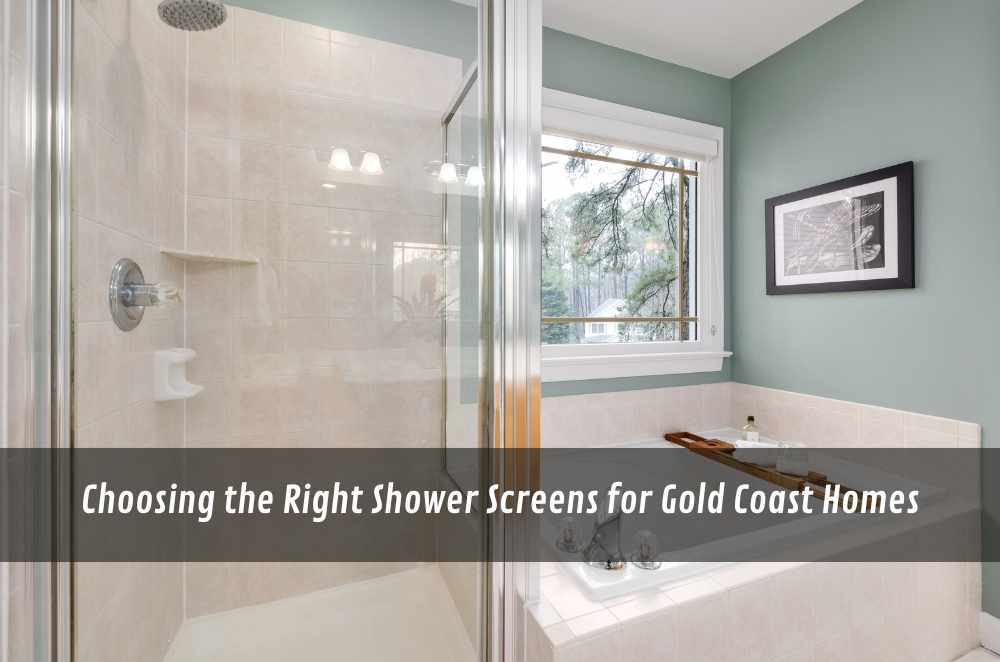
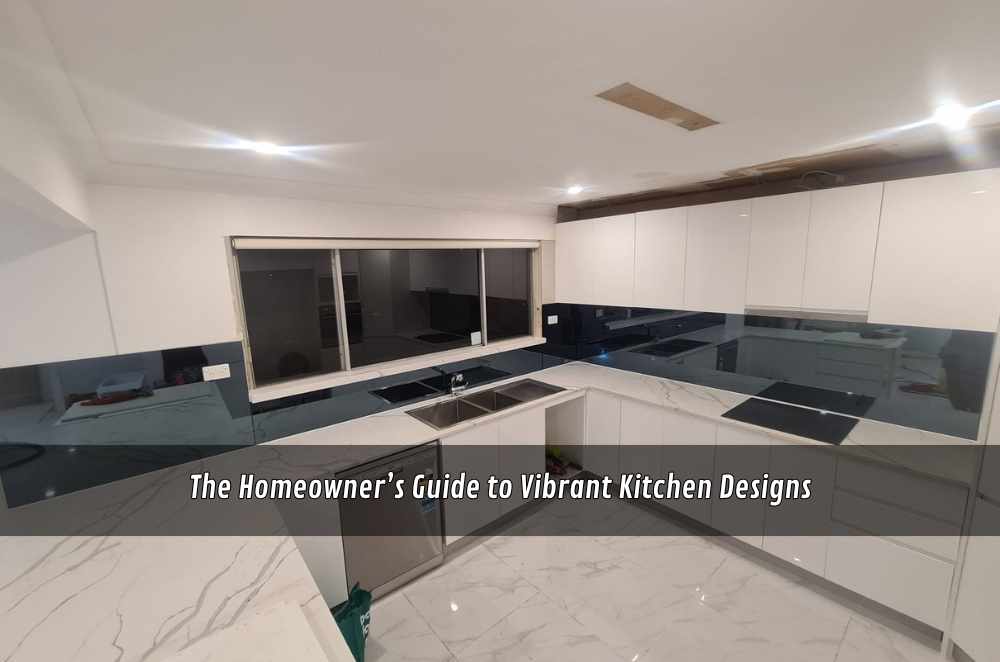
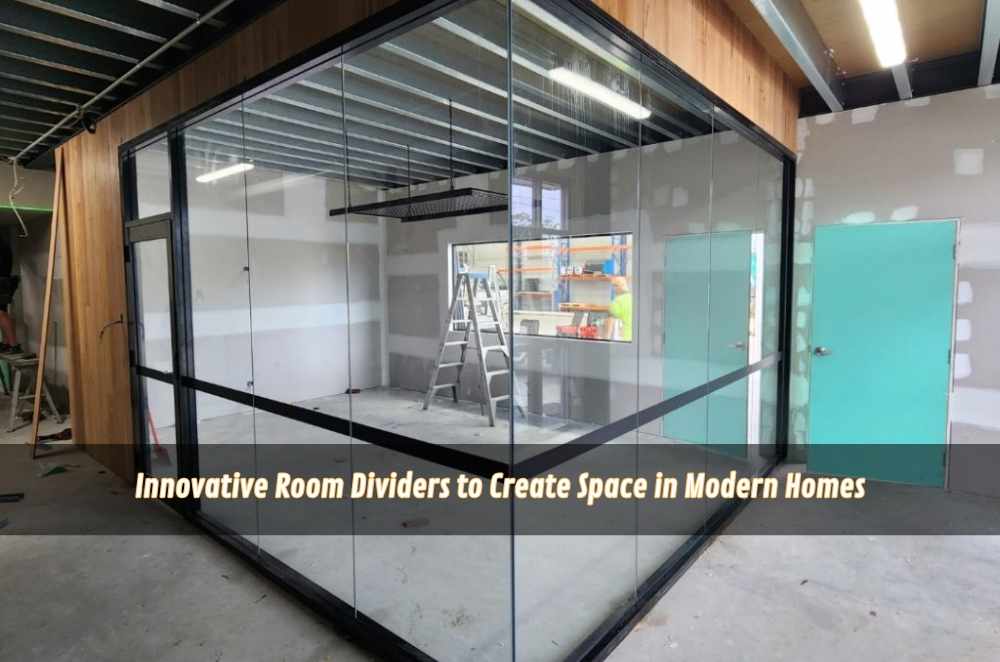
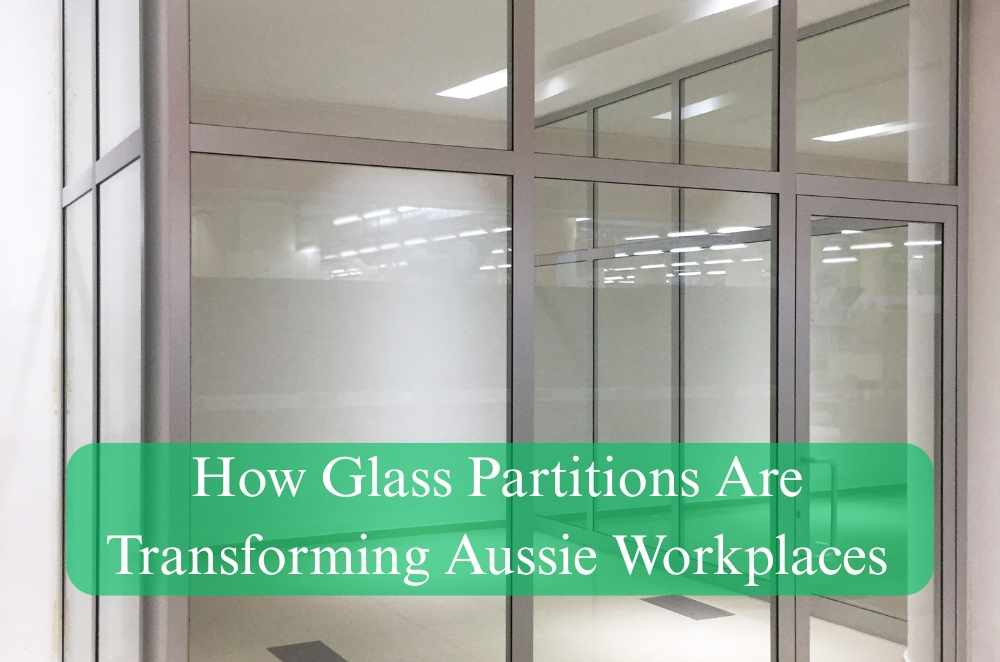








Write a comment ...